Walking through the ancient gates of Fano, Italy last summer, I was struck by how this hidden gem on the Adriatic Coast seamlessly blends Roman history with coastal charm. Fano stands as the largest Roman settlement on the Adriatic Coast. Its well-preserved walls and arches tell stories of its rich past. The town’s Arch of Augustus greeted me just as it has welcomed visitors for centuries, a grand reminder of the Roman Empire’s influence in this charming coastal town.
What truly captured my heart about Fano was the daily ritual at the harbor. Each morning, fishing boats return with their fresh catch, supplying the local restaurants with some of the most delicious seafood I’ve ever tasted.
At Lo Scorfano, I dined under trees while enjoying grilled fish that had been swimming in the Adriatic just hours earlier. The seafood here isn’t just food—it’s the cornerstone of Fano’s culture and economy.
Between exploring ancient Roman ruins and lounging on picturesque beaches, Fano offers a perfect balance of history and relaxation. The town’s location in Le Marche region gives you all the Italian coastal experience without the crowds of more famous destinations.

My days wandering through narrow medieval streets and evenings savoring local wines at beachside cafés made me wonder why this place isn’t on every traveler’s radar.
The Legacy of Roman Engineering
Walking through Fano, I was struck by how Roman engineering continues to shape this coastal Italian town. The ancient builders left an incredible mark through their architectural innovations that have stood the test of time.
Triumphs of Roman Architecture
The Romans revolutionized construction techniques in ways we still benefit from today. In Fano, I observed how they masterfully used concrete, an innovation that allowed them to create structures of unprecedented size and durability.
Their understanding of weight distribution and structural support was remarkable for the ancient world.
The Roman architects in Fano utilized the arch-and-vault system that could support massive buildings while creating beautiful, open interior spaces. I was fascinated to learn that many of these techniques were developed through trial and error over centuries.
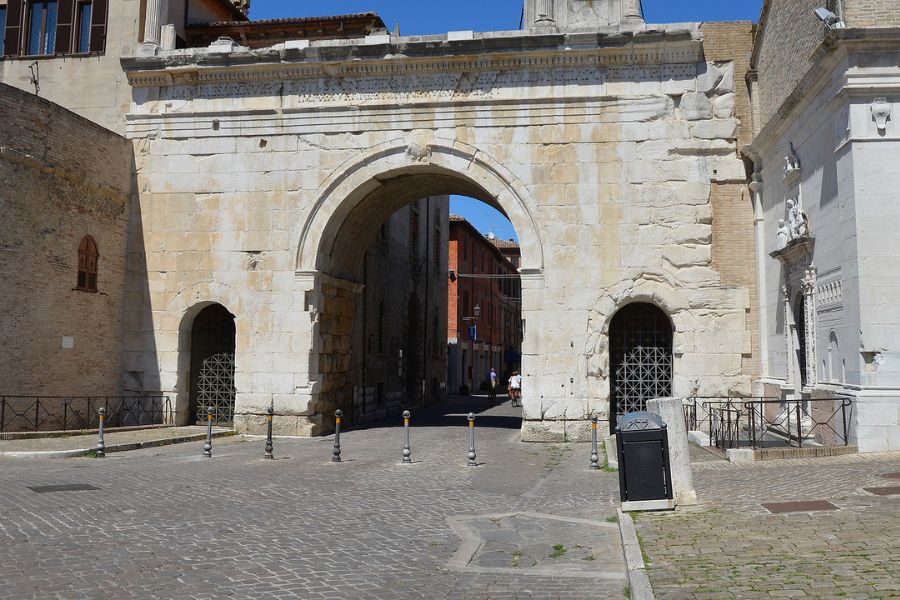
What impressed me most was how functional these designs were. Aqueducts brought fresh water, while carefully planned streets created an organized city layout that partially remains intact today in Fano’s historic center.
Celebrated Roman Arches
The arch stands as perhaps the most iconic element of Roman engineering, and Fano boasts some stunning examples. The Arch of Augustus, though partially destroyed during World War II, still showcases the precision of Roman stonework and design principles.
I spent hours admiring how these arches were constructed without modern tools. Each stone was carefully cut to transfer weight to the supporting columns. This brilliance allowed for bigger openings in walls and bridges that would have been impossible with traditional post-and-lintel construction.
The arches in Fano aren’t just beautiful—they’re incredibly practical. Their curved design distributes weight evenly, allowing them to support heavy loads while remaining elegant. This perfect marriage of function and beauty epitomizes Roman engineering excellence.
Looking up at these ancient arches, I felt connected to the thousands who’ve walked beneath them over the centuries—a testament to Roman ingenuity.
Exploring Fano: A Hidden Gem of Italy
Tucked along Italy’s Adriatic coast, Fano captivated me with its perfect blend of history and seaside charm. This coastal town in Le Marche region offers visitors a genuine Italian experience away from the more crowded tourist destinations.
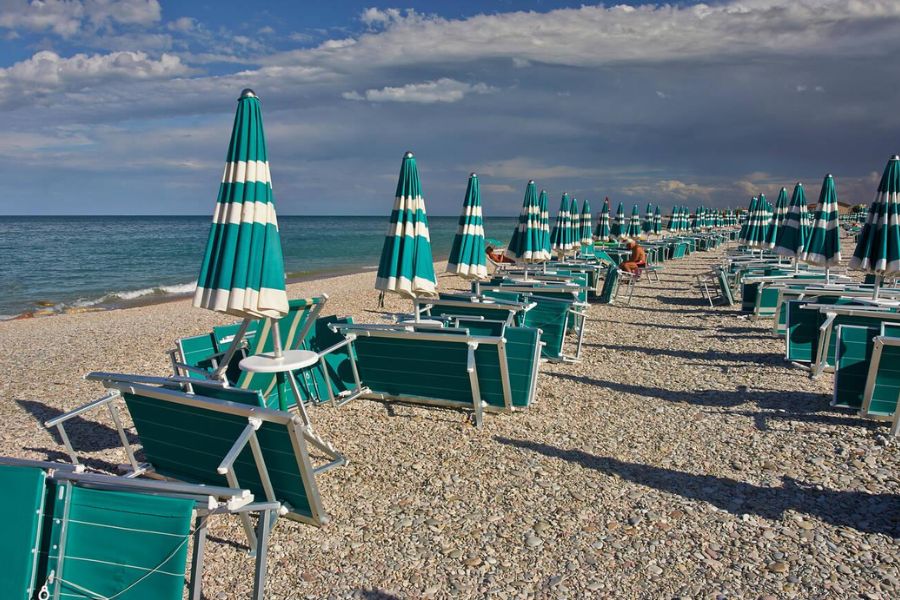
Historical Significance of Fano
Walking through Fano, I immediately sensed its deep Roman roots. The Arch of Augustus stands as the town’s magnificent gateway, commissioned by Emperor Augustus himself. This white triumphal arch isn’t just beautiful—it’s a reminder that Fano was once the largest Roman settlement on the Adriatic Coast.
The town’s museums tell fascinating stories about its past. During my visit, I spent hours exploring collections that span from ancient artifacts to Renaissance art.
Fano’s historic center feels like stepping back in time. Narrow cobblestone streets wind between well-preserved medieval buildings. Unlike Rome’s crowded attractions, here I could appreciate history at my own pace, often finding myself alone with centuries-old treasures.
Fano’s Coastal Charm
The golden beaches of Fano quickly became my favorite afternoon retreat. With the gentle waves of the Adriatic Sea lapping at the shore, I understood why this town attracts Italian vacationers seeking relaxation.
Fano’s dining scene showcases the bounty of the sea. At restaurants like Da Maria, there are no menus—just a parade of incredibly fresh seafood dishes. I savored polenta topped with sautéed shrimp and countless other local specialties.
The seaside promenade buzzes with activity, especially during summer evenings. Locals and visitors mingle along the waterfront, creating a vibrant atmosphere that feels authentically Italian.

Beyond the beaches, Fano hosts colorful festivals that celebrate its maritime heritage and culinary traditions. These events gave me insight into the local culture that guidebooks simply can’t capture.
Cuisine on the Coast: Fresh Seafood and Beyond
The coastal town of Fano offers an incredible culinary experience centered around the bounty of the Adriatic Sea. Walking through the markets and restaurants, I discovered a food culture deeply connected to both Roman heritage and maritime traditions.
Fano’s Fishing Heritage
Fano’s identity is inseparable from its fishing industry. Each morning, I watched local fishermen return with their catches, selling fresh seafood directly at the harbor market. This centuries-old tradition continues to support both the economy and cuisine of the region.
The star of Fano’s seafood scene is definitely the brodetto, a delicious fish stew that locals proudly claim as their signature dish. Unlike other Italian fish soups, Fano’s version has its own distinct preparation method that fishermen’s families have perfected over generations.

Dungeness crab, salmon, and various shellfish are available year-round, though locals taught me to always ask what’s in season for the best experience. The fishmongers often share cooking tips if you’re planning to prepare seafood yourself.
Savory Delights and Local Eateries
Beyond seafood, Fano’s culinary landscape offers many treasures worth exploring. I discovered Moretta, the city’s signature hot coffee drink blending anise and rum – the perfect finish to a seafood meal and totally unique to this region.
Small family-run restaurants line the historic center, many featuring Gulf-to-table concepts where your dinner was swimming just hours before arriving on your plate. The freshness is remarkable and completely different from seafood I’ve had elsewhere.
For the full experience, I recommend trying restaurants with French Quarter-inspired architecture near the coast. These establishments combine world-class service with authentic local flavors in a charming atmosphere.
Many eateries proudly display their daily catches, though I learned it’s wise to ask specific questions about sourcing after reading about occasional mislabeling issues with shrimp along the coast.
Cultural Connections: From Rome to Fano
Walking through Fano’s streets, I could feel the layers of history connecting ancient Rome to this charming coastal town. The cultural threads stretching across time are visible in everything from the architecture to the local customs.
Influence of Roman Culture
Fano was once the largest Roman settlement on the Adriatic Coast, originally called “Fanum Fortunae” after the Temple of Fortune built here. I was amazed to discover the city dates back to at least 49 BCE during Julius Caesar’s time. The impressive Arch of Augustus stands as a testament to this Roman heritage, with its weathered stone telling stories of emperors and conquests.
Roman engineering genius is still evident in Fano’s layout. The original grid pattern of streets follows classic Roman urban planning. Even the ancient walls that wrap around parts of the old town center remind visitors of the strategic importance this coastal location held.
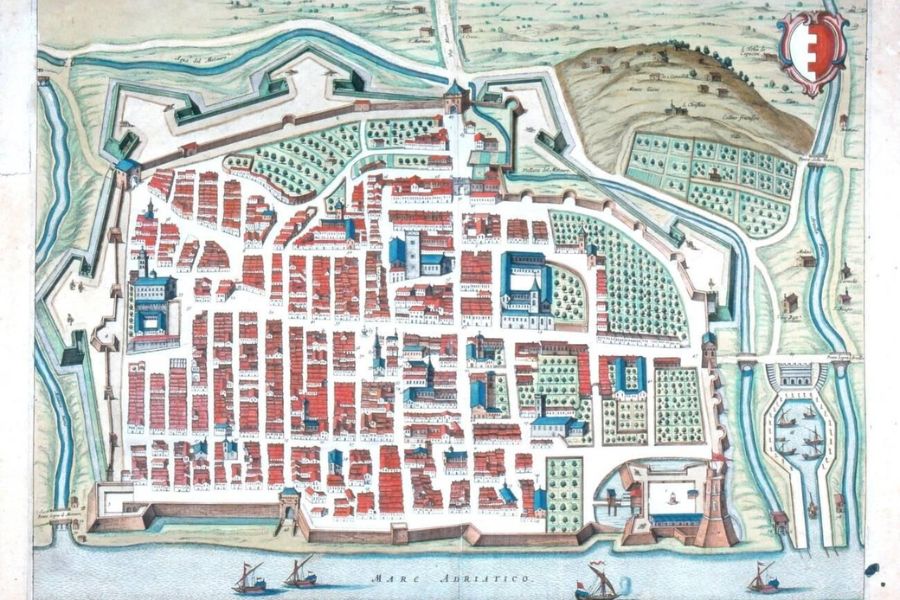
Food traditions here also carry Roman influences. The local seafood preparations often use herbs and cooking techniques that have roots in ancient Roman cuisine.
Modern Reflections of Ancient Traditions
Today’s Fano beautifully blends its Roman past with vibrant modern culture. The summer festival of Fano dei Cesari celebrates this connection with historical reenactments and parades featuring citizens dressed in Roman attire.
I noticed how locals take pride in their heritage, with many shops and restaurants named after Roman figures or concepts. The town museum houses an impressive collection of Roman artifacts found during excavations, helping to keep these connections alive.
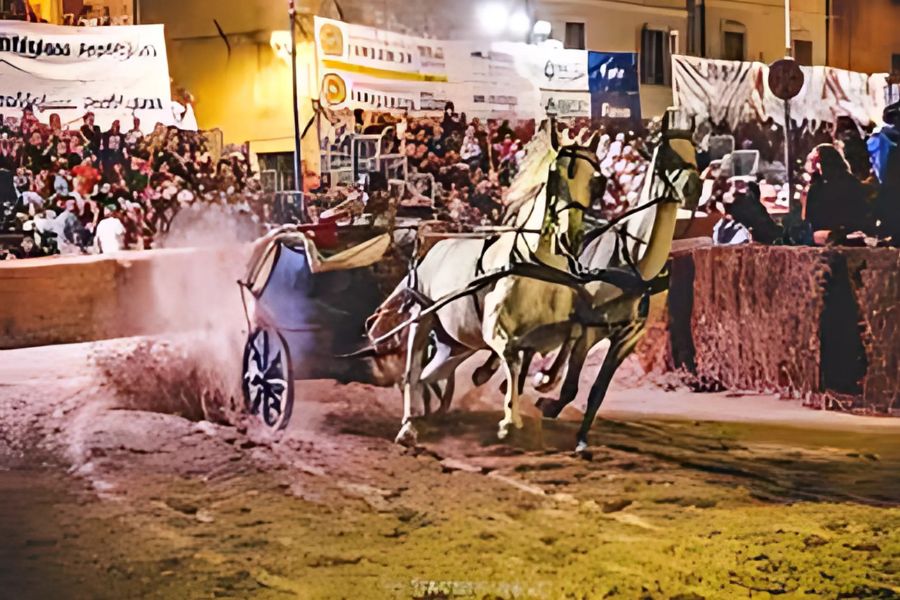
Even modern buildings often incorporate elements inspired by classical architecture. The coastal lifestyle here feels timeless—fishermen still bring their catch to market as they have for centuries, though now they sell to both locals and trendy seafood restaurants.
Architectural Marvels: A Journey Through Time
Fano’s rich history is written in stone throughout the city, with structures dating back to Roman times standing alongside medieval and Renaissance gems. The architectural landscape tells a fascinating story of this Adriatic coastal town’s past.
The Grandeur of Roman Arches
Walking through Fano, I was immediately struck by the imposing Roman arches that have withstood the test of time. The most impressive is the Arco d’Augusto, built in 9 CE and once the main entrance to the ancient Roman colony of Fanum Fortunae.
This arch was part of the original Roman walls that surrounded the settlement. Though partially damaged over centuries, its remaining structure still showcases the brilliant engineering of Roman architects.
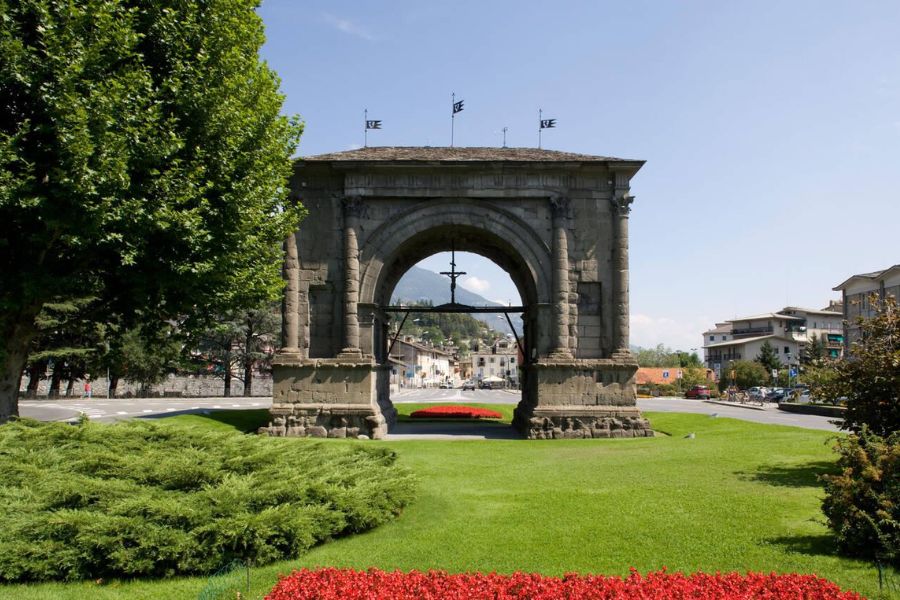
I spent nearly an hour examining the detailed stonework and imagining Roman soldiers passing beneath it. The arch stands as a testament to Fano’s importance as the largest Roman settlement on the Adriatic Coast.
Fano’s Architectural Highlights
Beyond Roman influences, Fano boasts an incredible array of architectural styles.
The 12th-century Cathedral of Santa Maria Assunta features a beautiful Romanesque façade. I photographed it from multiple angles to capture its intricate details.
The Palazzo del Podestà in the main square presents stunning Gothic elements that contrast with the Roman structures nearby. This juxtaposition of styles makes Fano a living museum of architectural evolution.
I was particularly impressed by the Teatro della Fortuna. They rebuilt it in the 19th century with a neoclassical design. Its elegant interior with horseshoe-shaped seating tiers creates perfect acoustics.
The defensive walls and bastions show Fano’s military importance through medieval and Renaissance periods. They also showcase unique architectural solutions to protect this valuable coastal position.

